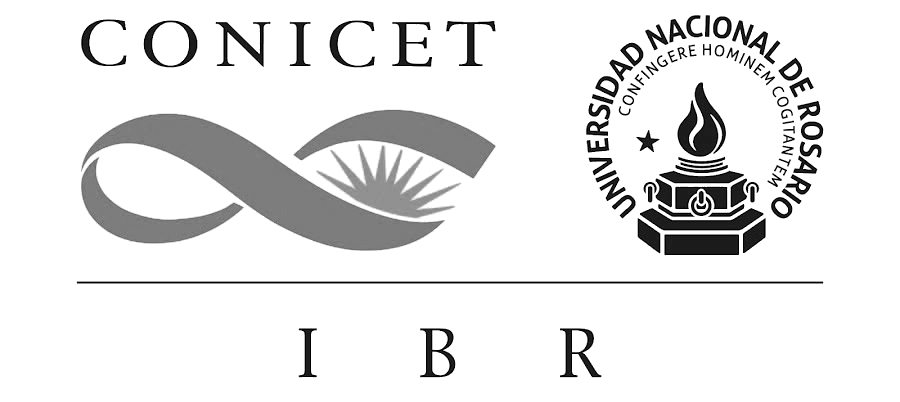research groups
Microorganisms of Agronomical and Environmental Interest
summary

RESEARCH LINES
Bioremediation of glyphosate herbicide
The practice of direct sowing implies an increase in the use of agrochemicals; among them, the broad-spectrum foliar herbicide, glyphosate. This herbicide acts on the shikimate pathway of plants through the inhibition of the enzyme 5- enolpyruvylshikimate 3-phosphate synthetase (EPSPS), involved in the metabolism of aromatic amino acids. Glyphosate has become the most widely used herbicide in the world due to the introduction of GM crops resistant to it. The World Health Organization has classified it within group 2A, which includes possible carcinogens for humans. The excessive and inappropriate use of glyphosate is associated with its widespread presence in aquatic and terrestrial environments. Therefore, it is essential to have systematic controls of concentrations of the herbicide and its degradation compounds. For this, the development of tools that allow the detection and detoxification of the glyphosate molecule is proposed. In our group, bacteria obtained from environments contaminated with glyphosate have been isolated, identified and sequenced, including the strain Agrobacterium tumefaciens CHLDO, which has proven to be efficient to degrade glyphosate added to the culture medium. The general objective of this project is to characterize this degradation pathway, including its regulation, and to design biotechnological tools that enable the detection and removal of glyphosate from the environment.

